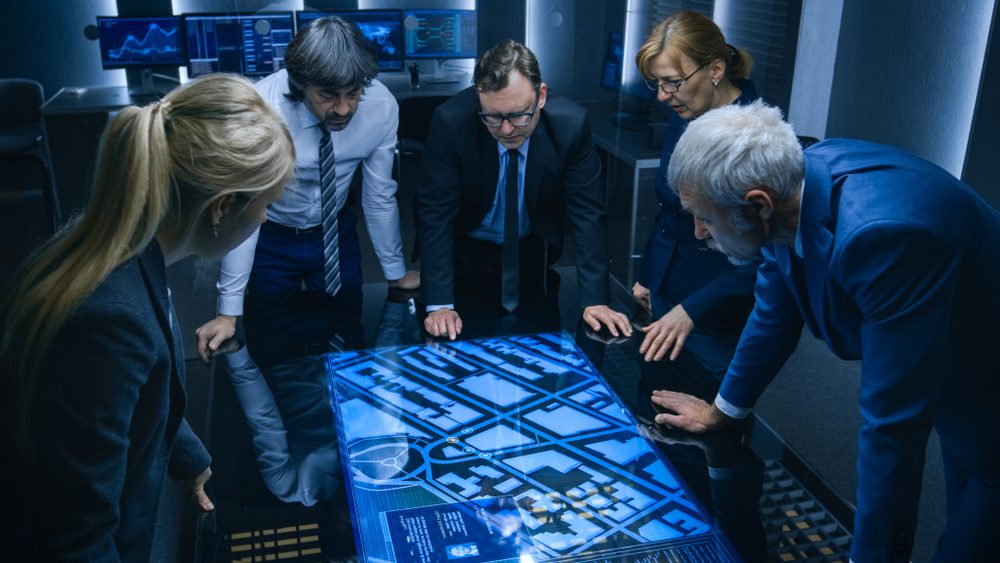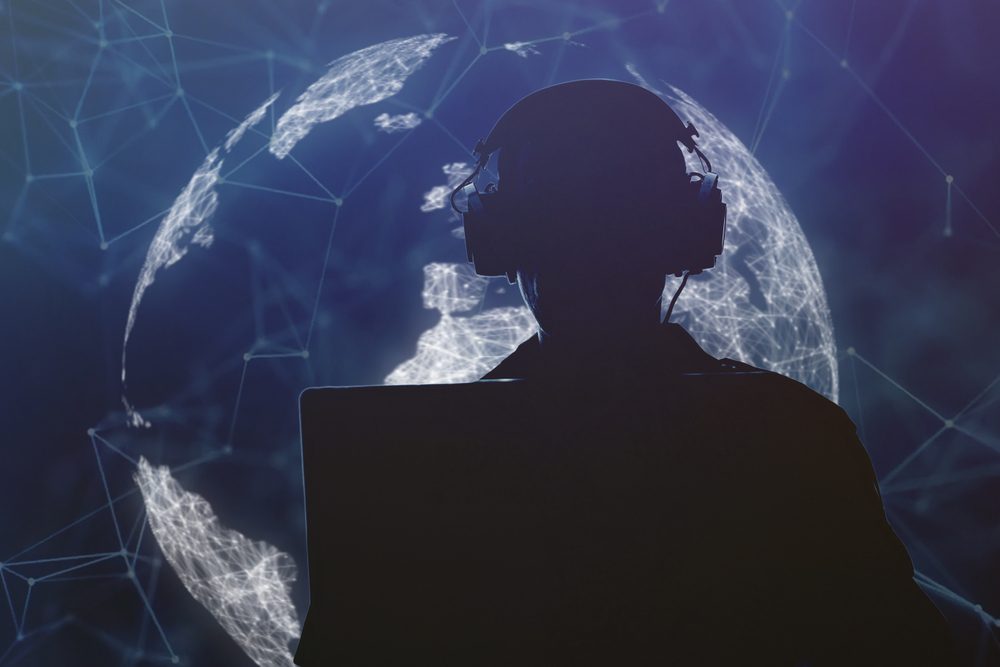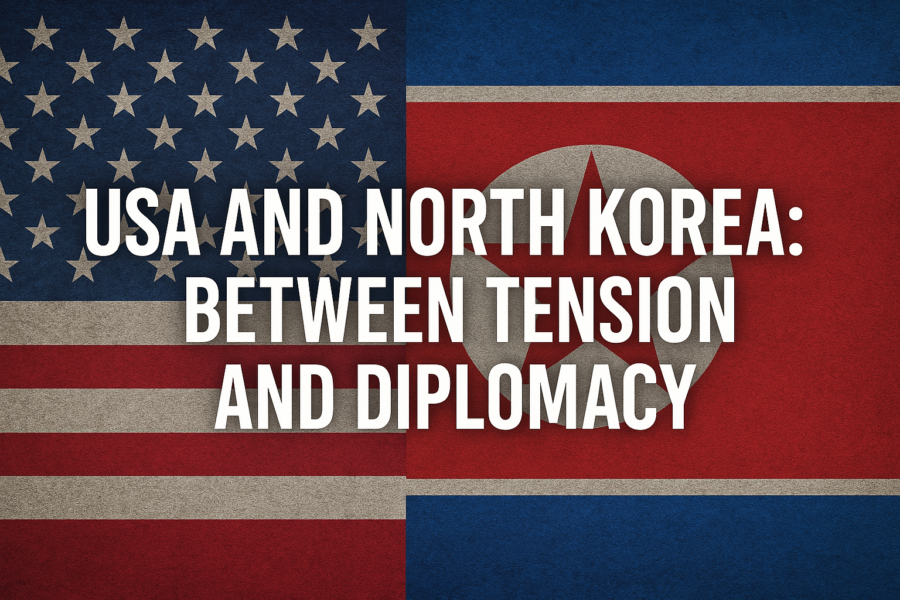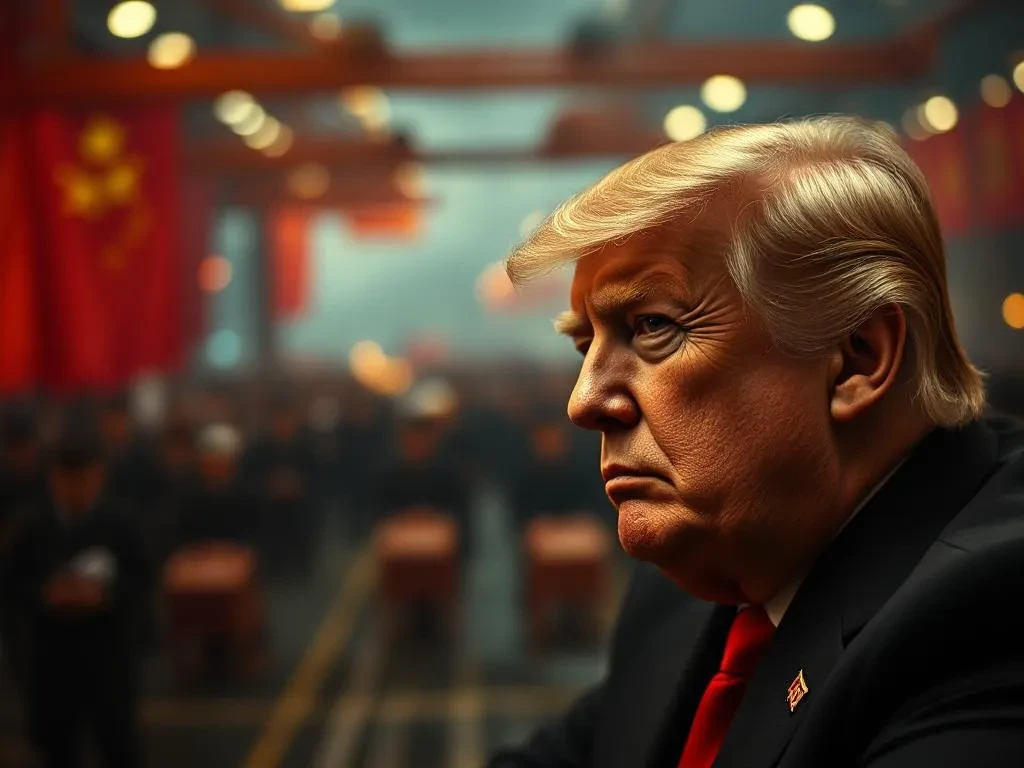Did you know that the CIA has a secret museum?
The Central Intelligence Agency is everyone’s favorite shady government organization. Since secrecy is one of the agency’s primary purposes, it’s not surprising that we folks—those with non-CIA jobs—know rather little about their missions and activities, even though we think we do.
The agency was created around 1947 and has since been surrounded by mystery. In fact, this mysterious aura is actually a testimony to the agency’s abilities. Despite this, there are a couple of things we do know, thanks to some whistleblowers and leaks. Yes, some of these things are strange.
From a secret museum to secret coffee shops, these are nine little-known facts the CIA typically keeps under wraps. Check this out!

1. The CIA Employs Magicians
The CIA had many quirky tricks at its disposal during the Cold War, and one of them was a top-secret guide to deception written by magician John Mulholland. The organization paid Mulholland $3,000 to write a confidential manual on deception and trickery, and there were several copies of it. The written material was supposed to help the agency’s members improve their techniques.
People thought that all copies were destroyed in 1975, but two intelligence agents somehow managed to get their hands on the textbook and published it decades later.
The master magician Lance Burton described the document as a symbiosis between Harry Houdini and James Bond.
2. Langley Has a Secret Starbucks
Being a CIA officer surely isn’t an easy job. You have to collect information, monitor potential foreign threats, investigate wrongdoing, write reports, and so much more. So it’s only fair to assume that intelligence agents need their daily dose of caffeine to perform at their best.
That’s why there’s a Starbucks inside the CIA food court at the Langley, Virginia, headquarters. However, you’ll need clearance to get a cappuccino from there.
Staff isn’t allowed to ask questions, and they undergo a strict vetting process. This proved tricky for Starbucks baristas who wanted to write names on cups. The intelligence agents didn’t even want to provide a fake name in case someone traced it back to them.
As ex-CIA operative Tracy Walder revealed during an episode of the True Spies podcast, even a random number could be associated with officers’ true identities, so there were no aliases.
3. CIA Operatives Travel With Spy Gadgets
Whether it’s a safe house in the Middle East or a rendezvous in Venice, CIA officers get to travel a lot, especially outside the country. This is definitely one of the advantages of having this type of job.
Of course, when CIA operatives travel outside the country, they do it for business, so they have several travel gadgets with them. One of their favorite devices is reportedly a simple doorstop to stop thieves or enemy agents from breaking into their hotel rooms during the night.
Also, one of the most important rules intelligence agents must follow while on the go is to secure their data or limit their “attack surface,” as it’s also known in the language of espionage. This rule implies limiting the number of devices you carry with you while traveling that can be stolen, lost, or searched.

4. CIA Officers Use Acronyms Like Sadrat and Mice to Recruit Foreign Spies
We, the civilians, have friends. CIA officers have assets. When the agency recruits an asset, they follow a six-step cycle called SADRAT, which is the abbreviation for Spotting, Assessing, Development, Recruiting, Agent Handling, and Termination.
According to ex-CIA officer Ryan Hillsberg, SADRAT is the recruitment cycle from A to Z. But what about what’s between A and Z? As Hillsberg points out, there’s M for money. Powerful, effective, and simple, money can motivate and mellow the bitter parts of recruitment. But it’s obviously not the only driver.
There’s also an acronym for factors that motivate people, MICE, which stands for money, ideology, compromise, and ego. Some agents spy because they are coerced, others do it for ideology, and many do it to boost their egos.
5. The CIA Has a Secret Museum
Yes, that’s right; the agency has a top-secret museum located at its headquarters in Langley, Virginia. It’s perhaps the most exclusive and unusual museum in the world, packed with artifacts that have shaped our history, including projects like robotic fish, pigeon-mounted cameras, and dragonfly drones.
But there’s one catch: its doors are closed to the public, so there’s no chance for anyone to see what it’s like on the inside. Only CIA members and cleared guests are allowed inside. That’s why this place has been dubbed “the best museum most people will never get to see”. Moreover, even the museum’s budget is top-secret.
6. The Agency Only Confirmed the Existence of Area 51 Once
Okay, so it’s no secret that the famous secret base at Area 51 has drawn lots of conspiracy theories over time. But there’s something that most people don’t know about this legendary place, as the CIA official acknowledged in 2013.
One of the craziest conspiracies said the base was America’s main site for the storage and analysis of aliens and technology. To put an end to such strange ideas, the CIA stated that the base was just a testing location for secret aerial vehicles and aircraft.
In 2019, the agency may gave regretted acknowledging its existence when a huge group of over 2 million people jokingly planned to run into the base and save the extraterrestrial beings inside, causing a national security frenzy.
7. The Agency Spent $20 Million on Operation Acoustic Kitty
Who said a cat couldn’t work within the intelligence service? Well, it happened—although it didn’t go that well. The CIA once tried to use cats to eavesdrop on important conversations. This apparently occurred during the 1960s. A transmitter, antenna wire, and microphone were surgically placed inside the cat (if you’re an animal lover, you probably find this cruel) in an hour-long operation.
However, the whole mission proved to be a failure, as there were issues with the cats’ training—or lack thereof. Long story short, kitties didn’t do what they were trained to do but attended to their own interests.
As a result, the project was canceled in 1967. The agency spent about $20 million, only to discover that cats always do what they want.

8. The Agency Reportedly Reads Up to 5 Million Tweets Daily
According to a report, the intelligence agency is constantly monitoring Twitter. Moreover, it follows up to 5 million foreign tweets per day. Its Open Source Center analyzes and reviews information widely available on both Twitter and Facebook.
For example, when President Obama gave a speech talking about Middle Eastern issues, the agency monitored negative Turkey and Arabic tweets, denouncing Hebrew tweets for being too pro-Arab and the president for being too pro-Israel.
Why do they monitor social media, you ask? Agents apparently like to stay updated on the public’s reactions to world events. But that’s not all; other surveillance methods include iPhones, Androids, TVs, and computers running macOS, Windows, and Linux.
9. Anyone Can Read About the CIA’s Investigations of UFOs Online
Have you heard about CREST? CREST is a publicly accessible database that contains over 11 million pages of historical records that have been approved for public release (the name stands for CIA Records Search Tool). You just need an Internet connection, and you’re in!
There are about 930,000 documents, and many of them shed light on the CIA’s investigations into psychics, invisible ink, and UFOs. If you want to know the dirt the agency has on you, you’re just a click away from requesting your own file.
You may also want to read We Bet You Didn’t Know These 11 Amazing US Military Facts!







